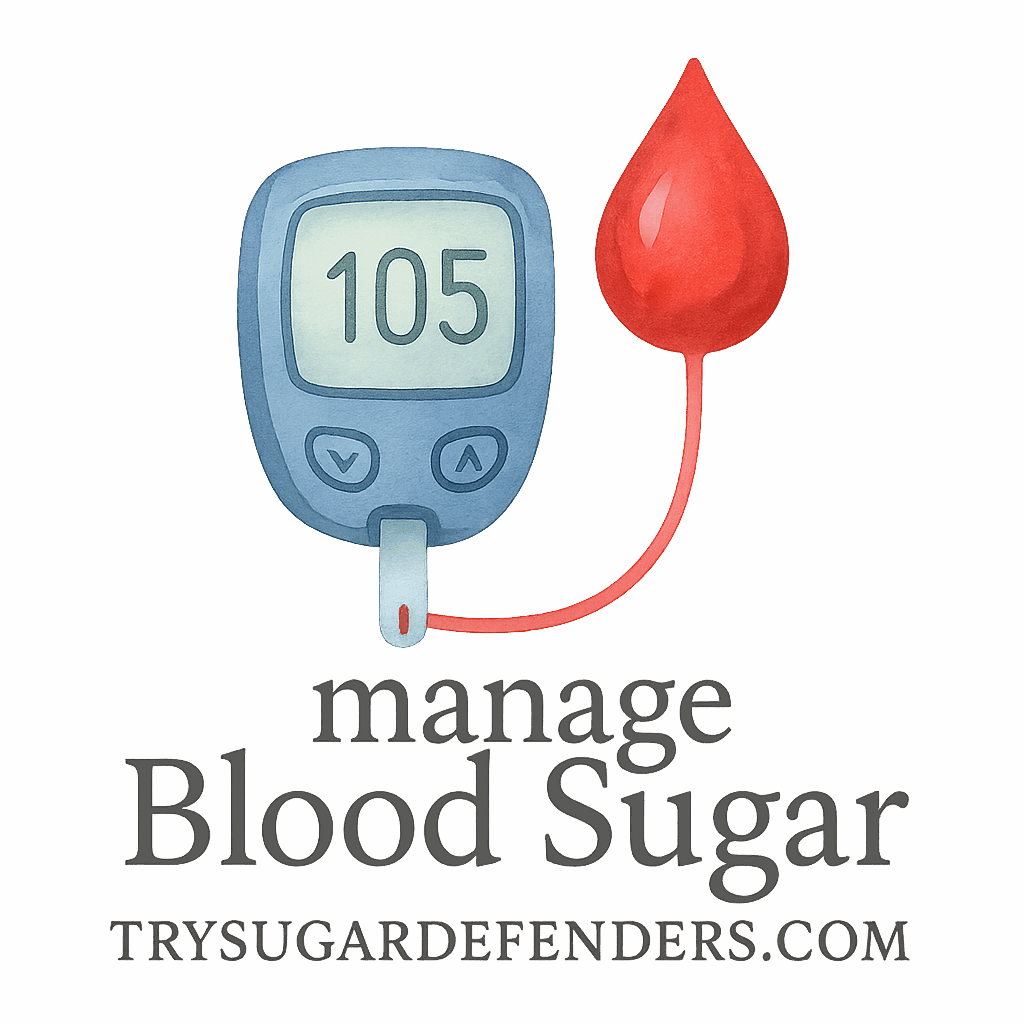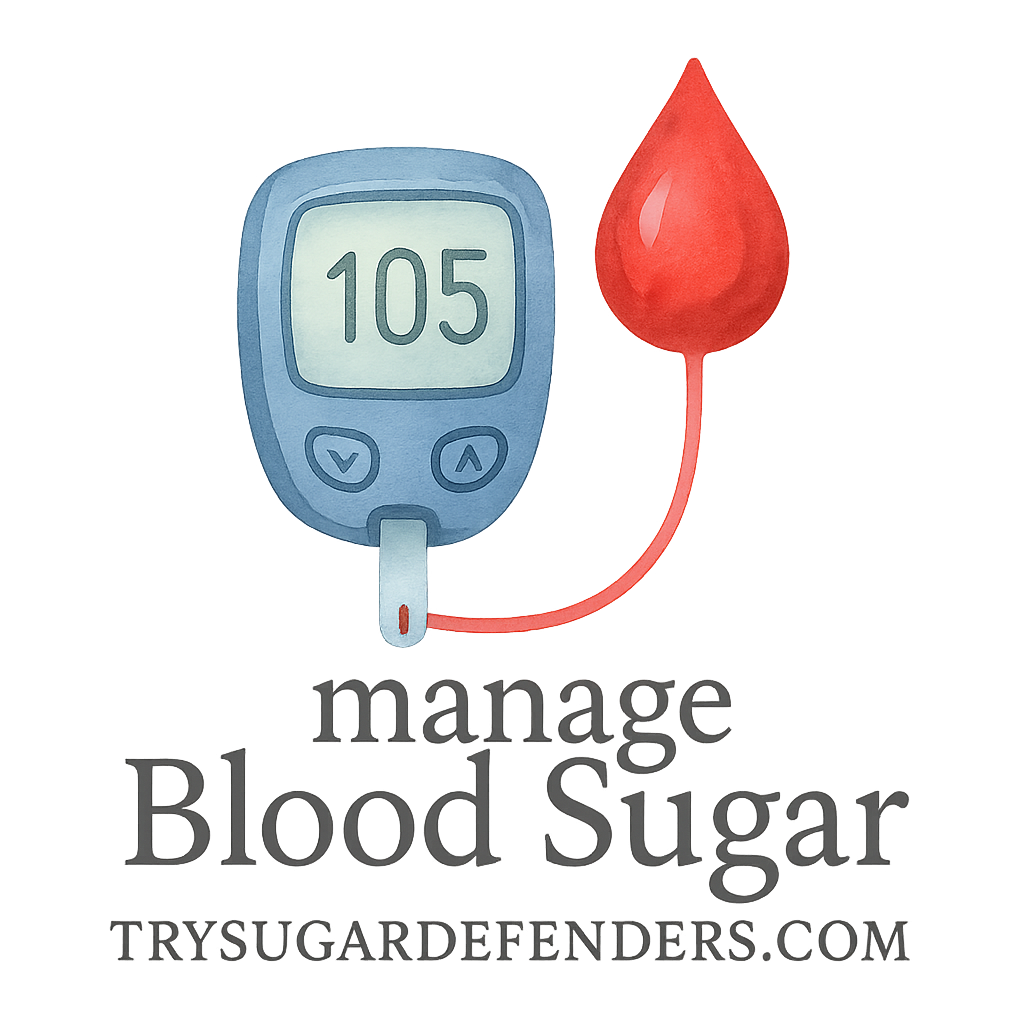Let’s be honest—managing blood sugar isn’t just about what you eat or how much you exercise. It’s also about your emotions. That’s right! Your feelings play a huge role in how your body reacts, especially when it comes to blood sugar fluctuations. That’s why journaling is more than just writing—it’s a powerful self-care tool. So, let’s explore 9 journaling prompts to monitor blood sugar emotions and why they matter.
Why Journaling Helps with Blood Sugar Management
Journaling isn’t just a feel-good hobby; it’s a practical tool for managing your health. Especially when you’re dealing with blood sugar ups and downs, capturing your thoughts, habits, and emotions can help spot patterns you might otherwise miss.
The Emotional Side of Blood Sugar Fluctuations
Ever felt cranky when your blood sugar drops? Or anxious when it’s high? Those emotional spikes are real. They’re part of the blood sugar rollercoaster that affects mood, mental clarity, and even behavior. Learning to track those emotional shifts gives you insight—and control.
Understanding Emotional Triggers
By identifying emotional triggers—like stress at work, relationship tension, or even boredom—you can better understand the situations that lead to blood sugar instability. Cognitive Behavioral Therapy techniques often use journaling to pinpoint these very triggers. Pairing journaling with these strategies can be incredibly effective.
How to Start Journaling for Blood Sugar Monitoring
No need to grab a leather-bound book and a fancy pen (unless that’s your vibe). Starting a journal can be as simple as a note on your phone or a voice memo.
Choosing the Right Journal
Whether it’s digital or paper, find a format you enjoy using. Apps like Day One or simple notebooks work well. The key is consistency.
Creating a Comfortable Routine
You don’t need to write a novel. Just a few sentences daily can make a big difference.
Morning vs. Evening Journaling
Morning is great for setting intentions. Evening is ideal for reflection. Pick what feels natural, or do both!
9 Powerful Journaling Prompts to Monitor Blood Sugar Emotions
These prompts help you connect your thoughts and feelings to your physical health—especially your blood sugar levels.
Prompt 1: “What did I eat today and how did it make me feel?”
Food is more than fuel—it’s emotional. Track not just what you ate, but how you felt after. Did that lunch salad energize you or leave you sluggish?
- Related reading: Diet & Nutrition, Tag: Diet
Prompt 2: “When did I feel most stressed today?”
Stress is a silent blood sugar disruptor. Logging stress patterns helps identify if your levels are being affected by external pressures.
- Explore more: Behavioral & Mental Strategies, Tag: Mental Strategies
Prompt 3: “How did I physically feel before and after meals?”
Your body talks—listen to it. Write down sensations like fatigue, jitters, calmness, or bloating. These signs often hint at glucose changes.
- Internal link: Monitoring & Tracking, Tag: Monitors

Prompt 4: “What emotions do I associate with high or low blood sugar?”
Connecting emotions like anger or sadness to your numbers helps untangle whether they stem from a bad day or biological changes.
- Check: Tag: Blood Sugar
Prompt 5: “Was I emotionally eating or mindfully eating?”
Emotional eating can spike your levels. Mindful eating can stabilize them. Reflecting helps change behavior over time.
- Learn more: Tag: Control, Tag: Methods
Prompt 6: “Did I exercise today and how did it affect my mood?”
Exercise isn’t just for muscles—it’s therapy for your mood and blood sugar.
- Dive in: Exercise & Lifestyle, Tag: Exercise
Prompt 7: “What’s one small win I achieved today?”
Celebrating small victories can improve consistency and motivation—both key for long-term blood sugar management.
- Inspiration: Tag: Goal-Setting, Tag: Healthy
Prompt 8: “How did I respond emotionally to my blood sugar reading?”
Was the reading what you expected? Did it spark relief or panic? Recognizing your emotional reaction helps reduce judgment and anxiety.
- Helpful tags: Tag: HealthBlood-Sugar, Tag: Health
Prompt 9: “What’s something I’m grateful for today?”
Gratitude balances stress hormones and boosts well-being. It’s also a great way to end your journaling session.
- Suggested read: Tag: Benefits
Integrating Journaling with a Holistic Health Plan
Journaling alone is powerful, but combining it with a solid wellness routine makes it transformative.
Link Journaling with Nutrition and Exercise
Your journal should be the glue that connects diet, fitness, and emotions.
- Visit: Diet & Nutrition, Exercise & Lifestyle
Use Digital Monitoring Tools Alongside Your Journal
Use CGMs or health apps to correlate your emotional data with actual numbers.
- Related: Tag: Technology, Tag: Devices
Consult with a Healthcare Provider
Bring your journal to your next appointment—it provides insights even blood tests can’t.
- Check: Tag: Doctor, Tag: Consultation
Tips to Stay Consistent with Journaling
Consistency beats perfection every time.
Make It Enjoyable
Use stickers, colors, or even doodles. Make it yours.
Don’t Overthink It
This isn’t an English exam. Spelling doesn’t matter—your emotions do.
Reward Yourself
Tie journaling to a reward, like tea time or your favorite playlist.
Conclusion
So there you have it—9 journaling prompts to monitor blood sugar emotions that are simple yet powerful. When you reflect regularly on how your body and emotions interact, you’re better equipped to make choices that serve your well-being. Journaling is your private space to notice, to reflect, and most importantly—to grow. When paired with monitoring tools, expert diet guidance, and a steady exercise routine, it becomes a cornerstone of your blood sugar management journey.
FAQs
1. Can journaling really impact blood sugar levels?
Yes! While journaling doesn’t directly lower glucose, it helps identify patterns and triggers, which can improve your lifestyle habits.
2. What’s the best time to journal for emotional awareness?
Evening is ideal for reflection, while morning works well for setting intentions. Choose what suits you.
3. How long should each journaling session be?
Even 5 minutes daily can bring results. Consistency matters more than duration.
4. Can I use a digital app for journaling?
Absolutely! Digital options like Day One or Evernote are convenient and easily searchable.
5. Should I share my journal with my doctor?
Yes, it can offer valuable insights into emotional and behavioral triggers affecting your blood sugar.
6. Is journaling recommended for type 1 and type 2 diabetes?
Yes, both groups benefit from understanding emotional and behavioral patterns.
7. What if I miss a few days?
No stress! Just pick up where you left off. Progress, not perfection, is the goal.


